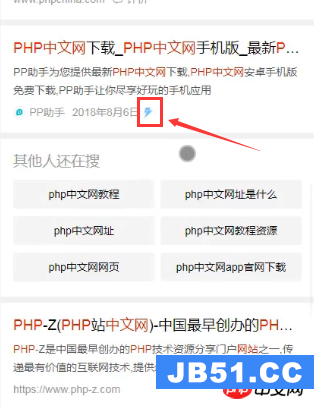我对WPF验证系统非常失望.无论如何!如何通过点击“按钮”验证完整的表单?
由于某些原因WPF中的一切都很复杂!我可以在ASP.NET中的一行代码中进行验证,这需要像WPF中的10-20行代码!
我可以使用我自己的ValidationEngine框架:
Customer customer = new Customer(); customer.FirstName = "John"; customer.LastName = String.Empty; ValidationEngine.Validate(customer); if (customer.brokenRules.Count > 0) { // do something display the broken rules! }
解决方法
如果输入的数据无效,WPF应用程序应禁用按钮提交表单.您可以通过在业务对象上实现
IDataErrorInfo接口来实现这一点,使用带有
ValidatesOnDataErrors = true的绑定.要在出现错误的情况下自定义单个控件的外观,请设置
Validation.ErrorTemplate.
XAML:
<Window x:Class="Example.CustomerWindow" ...>
<Window.CommandBindings>
<CommandBinding Command="ApplicationCommands.Save"
CanExecute="SaveCanExecute"
Executed="SaveExecuted" />
</Window.CommandBindings>
<StackPanel>
<TextBox Text="{Binding FirstName,ValidatesOnDataErrors=true,UpdateSourceTrigger=PropertyChanged}" />
<TextBox Text="{Binding LastName,UpdateSourceTrigger=PropertyChanged}" />
<Button Command="ApplicationCommands.Save" IsDefault="True">Save</Button>
<TextBlock Text="{Binding Error}"/>
</StackPanel>
</Window>
这将创建一个带有两个TextBox的窗口,您可以在其中编辑客户的姓氏和姓氏.仅当没有发生验证错误时,才会启用“保存”按钮.按钮下面的TextBlock显示当前的错误,因此用户知道什么.
默认的ErrorTemplate是错误控件周围的一个薄的红色边框.如果这不符合你的视觉概念,看一下关于CodeProject的Validation in Windows Presentation Foundation文章,深入研究一下可以做的事情.
为了使窗口实际工作,窗口和客户端必须有一些基础设施.
代码背后
// The CustomerWindow class receives the Customer to display // and manages the Save command public class CustomerWindow : Window { private Customer CurrentCustomer; public CustomerWindow(Customer c) { // store the customer for the bindings DataContext = CurrentCustomer = c; InitializeComponent(); } private void SaveCanExecute(object sender,CanExecuteRoutedEventArgs e) { e.CanExecute = ValidationEngine.Validate(CurrentCustomer); } private void SaveExecuted(object sender,ExecutedRoutedEventArgs e) { CurrentCustomer.Save(); } } public class Customer : IDataErrorInfo,INotifyPropertyChanged { // holds the actual value of FirstName private string FirstNamebackingStore; // the accessor for FirstName. Only accepts valid values. public string FirstName { get { return FirstNamebackingStore; } set { FirstNamebackingStore = value; ValidationEngine.Validate(this); OnPropertyChanged("FirstName"); } } // similar for LastName string IDataErrorInfo.Error { get { return String.Join("\n",brokenRules.Values); } } string IDataErrorInfo.this[string columnName] { get { return brokenRules[columnName]; } } }
一个明显的改进是将IDataErrorInfo实现移动到类层次结构中,因为它只取决于ValidationEngine,而不依赖于业务对象.
虽然这确实比您提供的简单示例更多的代码,但它还具有相当多的功能,而不仅仅是检查有效性.这给您细粒度,并自动更新指示给用户有关验证问题,并自动禁用“保存”按钮,只要用户尝试输入无效数据.




